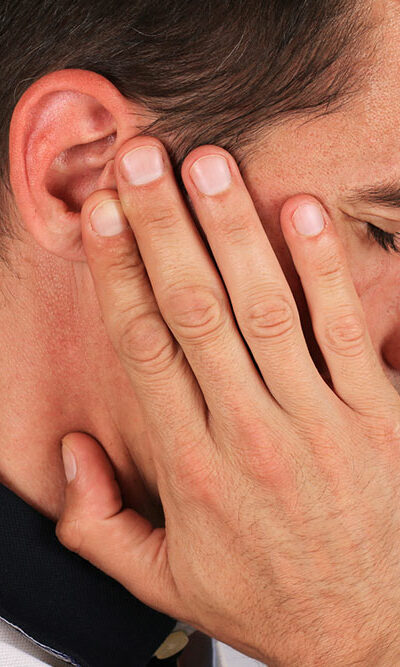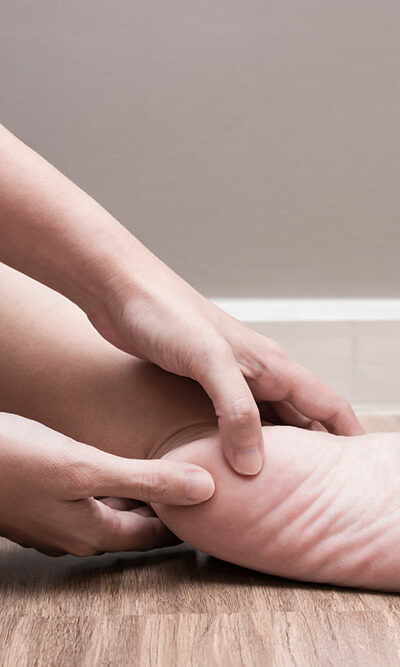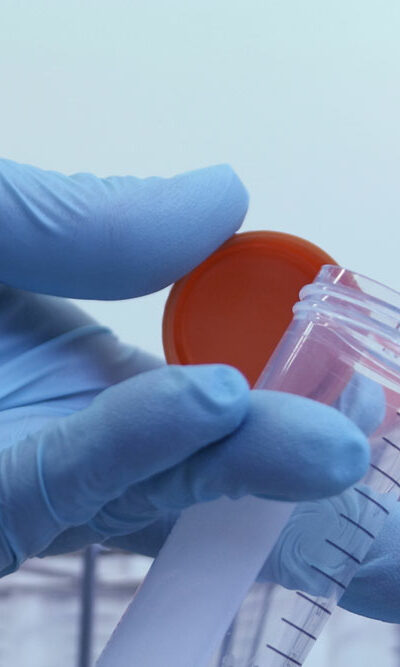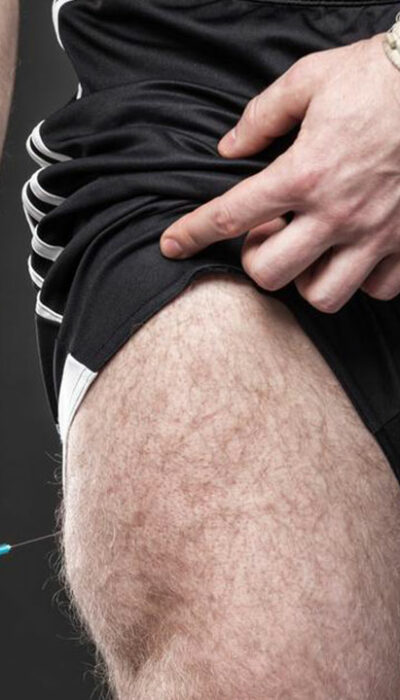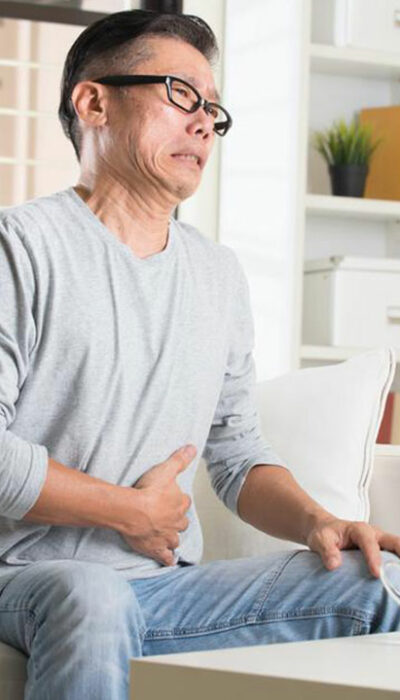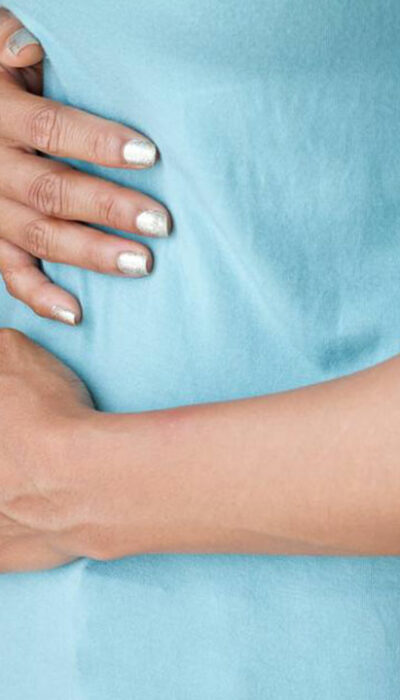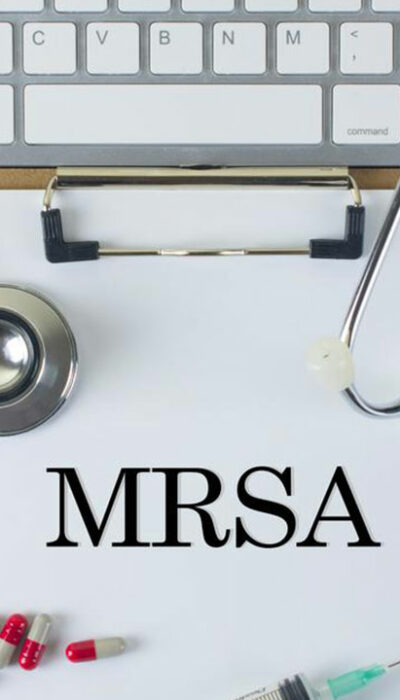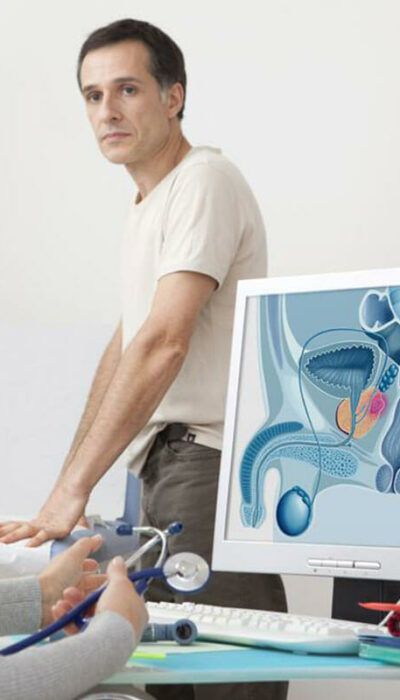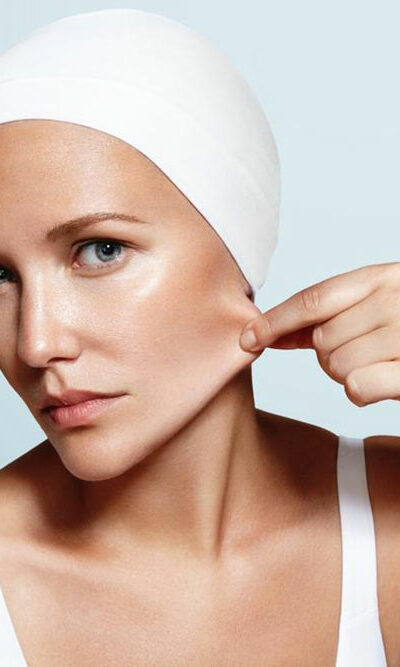
10 Home Remedies to Treat Cough Caused by Pneumonia
Pneumonia is an airborne disease that needs medical treatment to ensure complete recovery. It is a communicable disease that can be passed on from the diagnosed patient to other healthy people. Because of its lethal nature, one needs to deal with it carefully to ensure that it does not cause any further harm. The common symptoms of pneumonia include coughing, chest pain, chills, fever, shortness of breath, and muscle aches. Here are some home remedies that you can use to ease the symptoms of pneumonia. The body develops a cough while trying to expel the fluids to get rid of the infection. It is advisable to avoid using cough suppressants, and instead, you can use the following remedies to treat coughing caused by pneumonia. Eucalyptus and fenugreek tea If you are suffering from an itchy throat, then you can have warm herbal tea that can soothe the irritation. Herbal teas made from eucalyptus and fenugreek are immensely helpful in getting rid of respiratory tract infections. These herbs are known to break down the mucus and reduce the inflammation caused by pneumonia. According to recent studies, fenugreek seeds are found to be very effective in easing a persistent cough. Saltwater gargles You must have heard of the classic saltwater gargle remedy for a persistent cough. And as a matter of fact, it works quite well. A saltwater gargle helps in eliminating the germs in your throat. It prevents the mucus in the chest from causing more cough over time. This method can provide a lot of relief and is great for treating a cough caused by pneumonia. Chest pain is one of the most prominent signs of pneumonia. Here is a home remedy to reduce the pain. Turmeric or ginger tea Drinking a cup of hot turmeric or ginger tea can provide relief from a congested chest.

